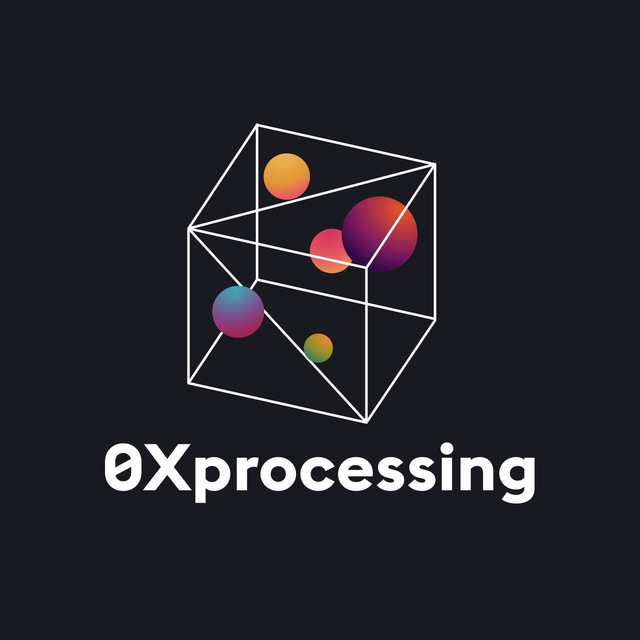
The Future of Transactions: Embracing Web3 Payment Innovations
The rise of decentralized technologies is revolutionizing the financial sector, and web3 payment systems are at the forefront of this transformation. By leveraging blockchain technology, these systems are offering new levels of efficiency, security, and accessibility, ushering in an era where traditional financial intermediaries may become less relevant. In this article, we will delve into the intricacies of web3 payment solutions, their advantages, the challenges they face, and their potential to redefine the way we conduct transactions in the digital age.
Understanding Web3: A Brief Overview
Web3, often referred to as the decentralized web, represents the next evolution of the internet. Unlike the traditional web (Web2), which is dominated by centralized entities, Web3 utilizes blockchain technology to create a more open and user-owned online environment. In this new framework, users have greater control over their data and the transactions they engage in, making it an ideal setting for the implementation of cutting-edge payment systems.
The Mechanics of Web3 Payments
At its core, web3 payments operate on blockchain technology, which allows for peer-to-peer transactions without the need for intermediaries. This decentralized nature not only streamlines the payment process but also enhances security, as transactions are recorded on a public ledger that is nearly impervious to tampering. Web3 payment solutions typically utilize cryptocurrencies as their medium of exchange, which can be facilitated by various wallets and decentralized applications (dApps).
Cryptocurrency and Smart Contracts
Cryptocurrencies like Bitcoin, Ethereum, and stablecoins are the primary currencies used in web3 payment systems. One of the defining features of these transactions is the use of smart contracts—self-executing contracts with the terms of the agreement directly written into code. These smart contracts automate the transaction process, reducing the need for manual intervention and minimizing the risk of errors.
Advantages of Web3 Payment Systems
Web3 payment systems offer numerous advantages that make them attractive for both consumers and businesses:
1. Lower Transaction Fees
Traditional payment methods often incur high fees due to the involvement of banks and payment processors. Web3 payments, on the other hand, significantly reduce transaction costs, enabling businesses to retain more profits and consumers to pay less.
2. Enhanced Security
With transactions being recorded on a blockchain, the risk of fraud and chargebacks—a common issue in traditional payment systems—is drastically minimized. Cryptography secures users’ assets, making them less vulnerable to hacking.
3. Borderless Transactions
Web3 payment systems facilitate seamless transactions across borders, eliminating the complexities and delays associated with currency conversion and international banking regulations. This is particularly beneficial for businesses operating globally.
4. Accessibility
Web3 payments democratize access to financial services by enabling anyone with an internet connection to participate in the economy. This is particularly important for unbanked populations in developing countries.
5. Transparency
All transactions on a blockchain are publicly visible and verifiable, promoting transparency and trust among users. This ensures accountability and can enhance customer loyalty.
Challenges Facing Web3 Payment Adoption
While web3 payment systems present numerous advantages, several challenges may impede their widespread adoption:
1. Regulatory Hurdles

The regulatory landscape for cryptocurrencies remains complex and varies significantly from one jurisdiction to another. Governments are still working to understand and regulate these new financial instruments, which can create uncertainty for businesses involved in web3 payments.
2. Scalability Issues
Many blockchain networks currently struggle with scalability, leading to slow transaction times and higher fees during peak usage. Innovations such as Layer 2 solutions and new consensus algorithms are underway to address these challenges.
3. User Experience
The current user experience of web3 payment systems can be daunting for those unfamiliar with blockchain technology. Simplifying the onboarding process and providing intuitive interfaces will be crucial in attracting mainstream users.
4. Market Volatility
The volatility of cryptocurrencies can be a significant barrier to their use as stable payment methods. While stablecoins offer a potential solution, their adoption is still in its infancy.
The Future of Web3 Payments
The potential for web3 payment systems is vast, and as technology matures, we can expect to see an increasing number of businesses adopting these decentralized solutions. The integration of digital identity, decentralized finance (DeFi), and non-fungible tokens (NFTs) could further enhance the capability and appeal of web3 payments.
Moreover, collaborations between traditional financial institutions and blockchain startups are likely to yield hybrid solutions that combine the best of both worlds—offering the efficiency and security of blockchain while maintaining regulatory compliance and user familiarity established by traditional systems.
Conclusion
Web3 payment systems stand at the intersection of technology and finance, promising a future of seamless, secure, and efficient transactions. As we continue to explore the capabilities of blockchain technology, it’s evident that web3 payments are not just a trend but a fundamental shift in how we think about value exchange. While challenges remain, the rewards of embracing this new paradigm are enormous, paving the way for a more inclusive and accessible financial landscape.
鹏友法律咨询|版权所有
发表评论
电子邮件地址不会被公开。 必填项已用*标注



